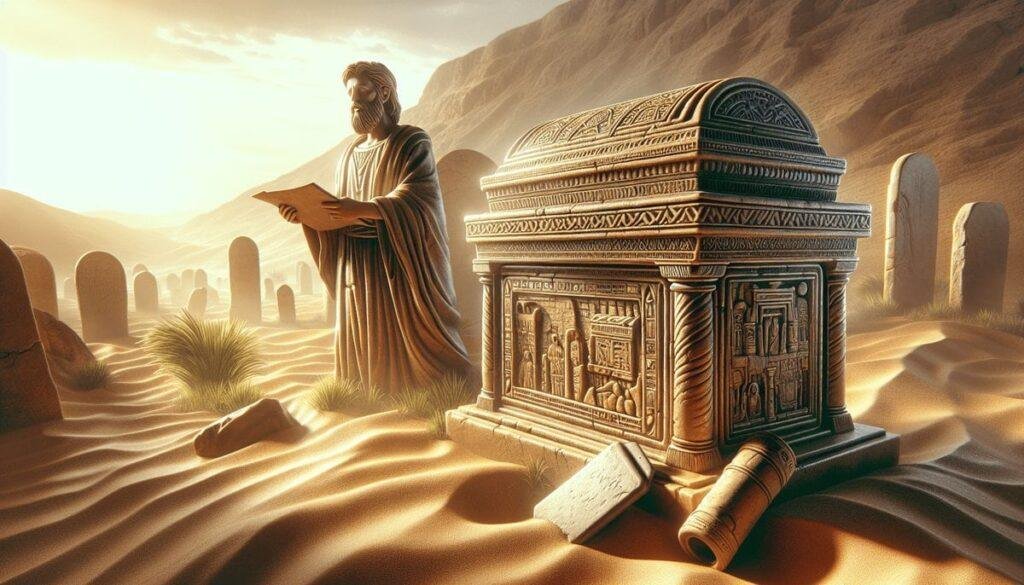Ever found yourself wondering how city festivals can transform a mundane setting into an unforgettable spectacle? Picture this: people from all walks of life pour into a vibrant street, music mingling with laughter, and the delightful scents of street food wafting through the air. But what if I told you that some of the most interesting festivities happen right above the City Sewer Grate Chamber? In this piece, we’ll unravel the layers of joy, history, and cultural significance that underline these unexpected festival processions.
The City Sewer Grate Chamber: An Unexpected Venue
You might be scratching your head, thinking, “A sewer grate? Really?” It sounds curious, but urban spaces often repurpose unique locations for celebrations. The City Sewer Grate Chamber, though below ground level, has become a hub for joy during various festival processions. This unusual venue reminds us that beauty often lies in the most unexpected places.

Historical Context
To appreciate the festivity that unfolds here, it’s essential to recognize the historical context. Cities have deep-rooted traditions, and in many cultures, festivals mark significant events, seasons, or honors for ancestors. In the case of the City Sewer Grate Chamber, it’s not merely about pipes and drainage. It calls to mind historical achievements and communal memories. As we dig deeper (pun intended), let’s uncover how this place has evolved.
Archaeological Insights
Archaeological findings uncover compelling evidence about the beneath-the-surface lives people led. For example, relics unearthed near sewer systems often reveal daily life, communal practices, and even cooking habits. Such discoveries have solidified the view of sewer systems not only as functional infrastructures but also as crucial storytelling mediums through time.
The Joyous Processions: What Are They?
So now that you’re on board, let’s talk about the heart of this article. What are these joyous festival processions all about? It’s not just about parading through the town; it’s a celebration of life, love, and community spirit.
Music and Dance
Picture this: dancers twirling in colorful attire, musicians strumming lively tunes, and the atmosphere buzzing with excitement. The processions often feature local artists showcasing their talents, inviting everyone to join in the revelry. Music gives the processions rhythm, while dance evokes unity among participants.
Colors and Costumes
You can’t overlook the visual feast that unfolds! Participants often wear vibrant costumes adorned with local motifs, reflecting cultural traditions. Such vibrant displays are not merely for aesthetics but carry stories of identity, heritage, and unity. Did you know the colors used in these outfits often symbolize various aspects of life or spirituality? The insights behind them can open doors to understanding a culture more deeply.
Festival Themes: Celebrating Together
The beauty of these processions is their ability to come together under various themes. Whether honoring the harvest, celebrating historical milestones, or simply reveling in the arrival of spring, each theme brings its own flair.
Harvest Festivals
Take the harvest theme, for example. During these processions, you’ll find floats laden with bountiful produce, celebrating the labor and dedication of local farmers. It’s a reminder of how interconnected we are with nature and the importance of sustainability.
Cultural Commemorations
Similarly, cultural commemorations can be poignant. These festivals allow communities to pay homage to their roots, celebrating local legends, historical figures, or significant events. It’s an opportunity for you to engage with history, witnessing colorful narratives come alive.
The Role of Community in Festival Processions
Community involvement elevates these festivals from mere events to heartfelt experiences. You’ll often find local schools, businesses, and organizations taking part. They contribute not just with monetary support but also with human resources—volunteers painting signs, organizing seating, or even baking treats to share with everyone.
Volunteerism: A Heartwarming Aspect
Speaking of community, nothing warms the heart quite like volunteerism. People from all walks of life come together to make these events thrive. Volunteers help coordinate logistics, lend their creative talents, and spread joy throughout the process. What could be more uplifting than individuals sacrificing their time to contribute to a shared dream?

The Impact of Processions on Local Culture
These processequences are not merely a series of events; they’re a vital part of the local culture, shaping identities, and fostering connections. They help fortify bonds among individuals, rekindling relationships.
Strengthening Community Ties
Imagine living in a city where everyone is engaged, from the elderly sharing stories of festivals gone by to kids experiencing the joy for the first time. Festivals forge connections that transcend barriers. It brings people together, allowing you to celebrate differences while fostering a sense of unity.
New Traditions Springer Up!
Additionally, these joyous processions often pave the way for new traditions. Some may be adaptations of older customs while others emerge organically as newer generations imprint their culture on it. As a citizen, witnessing the evolution of these festivities is as rewarding as participating in them.
Biblical and Cultural Significance
Now, let’s bring in a bit of biblical and cultural significance, shall we? Historically, celebrations often draw inspiration from religious or spiritual elements.
Scriptural References
In many cultures, communal gatherings mirror ancient practices described in scriptures. From the joyful processions mentioned in the Bible during Passover to the celebratory nature showcased during Yamim Tovim—the joyous festivals often aim to honor the divine and foster community unity.
Reflections on Spirituality
This leads us to a broader reflection on spirituality. Every dance, every song, and every costume serves as a way to express one’s connection to the divine and the community. When you dance, sing, or even just witness the joy, you’re encouraged to connect internally.
Navigating Modern Concerns: A Festival for All
Amidst the vibrancy of these joyous processions, modern concerns about urban living and community well-being emerge. We live in an era where urban space is limited, and sustainability is crucial. But fear not; the spirit of these festivals often embraces these aspects, uniting the community for positive change.
Inclusivity and Accessibility
One of the most heartwarming aspects of these processions is their inclusivity. Organizers often ensure that festivals are accessible to all, breaking down barriers so that no one feels left out. It’s all about joy and celebration, right? Imagine young children, elderly folks, and those with disabilities all coming together to enjoy life, laughter, and connection.
Environmental Consciousness and Festivals
As of late, environmental consciousness plays a mighty role in shaping festival narratives. The City Sewer Grate Chamber processions embrace sustainability and eco-friendliness, reminding us that it’s possible to celebrate while being mindful of our planet.
Green Practices
From biodegradable decorations to recycling initiatives, organizers have taken strides to incorporate green practices into the festivities. You might even find workshops on sustainability offered during the celebrations, inviting everyone to learn about protecting our environment.
Observing the Processions: A Personal Experience
As you consider the vibrancy of these processions, imagine being a participant. The sounds, colors, and smells meld together into an unforgettable experience.
Emotional Resonance
There’s something about joining a throng of jubilant fellow humans that tugs at your emotions. You share smiles, laughter, and souls—all momentarily binding into one communal heartbeat. Using music and dance, you’re not just a spectator; you become a part of the conscious living celebration.
The Future of Joyous Festival Processions
As we gaze into the future, the ongoing evolution of these festivals becomes intriguing. How will they adapt over time? With every passing year, there lies a chance for growth and innovation.
Technology and Innovation
Technology will inevitably play a role in shaping future processions. Imagine virtual reality experiences allowing those unable to attend physically to participate from home. Streams of events may bring together people from different regions, making celebrations more inclusive.
Cultural Exchange
Furthermore, globalization can foster cultural exchange through these festivities. New themes or inclusive practices might emerge, borrowing from international perspectives while staying rooted in local customs. What a fascinating tapestry of tradition and innovation this could weave!
Conclusion: Celebrating Life in All Its Colors
As you reflect on the joyous festival processions at the City Sewer Grate Chamber, it becomes evident that it’s not merely about the spectacle. Instead, it’s a celebration of life—the intertwined stories of individuals, culture, and community that are vibrant and, at times, complex.
Through music, art, and traditions, these processions create spaces for gratitude, love, and connection. Though rooted in history, they evoke timeless themes that resonate with every generation; they remind us of our intrinsic humanity. As these festivals thrive, may they continue to bridge our past with the future, honoring the joyous spirit of togetherness.
And next time you find yourself in a city bustling with celebration, perhaps you’ll think fondly of the City Sewer Grate Chamber’s joyous processions—and the magic hidden beneath the surface.


